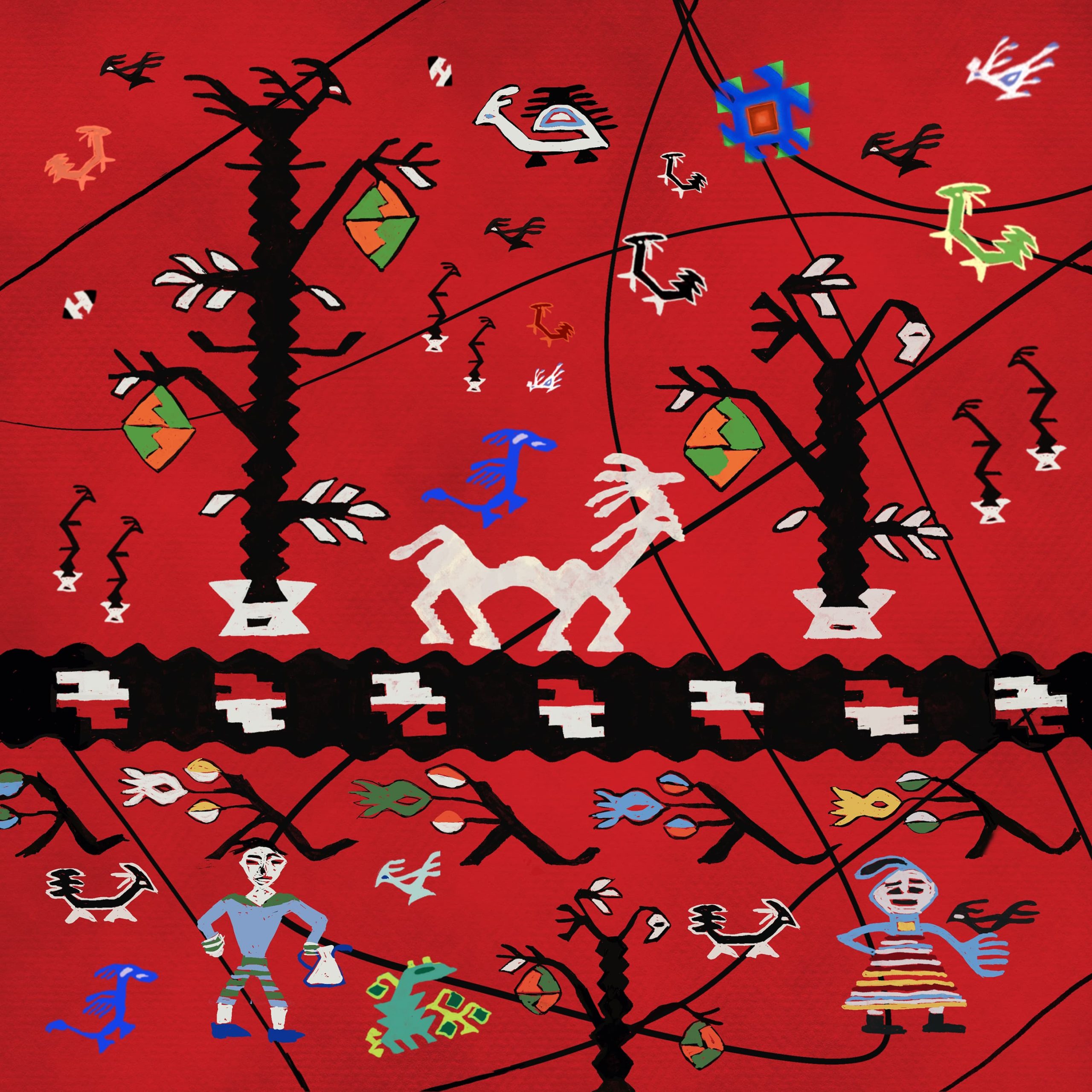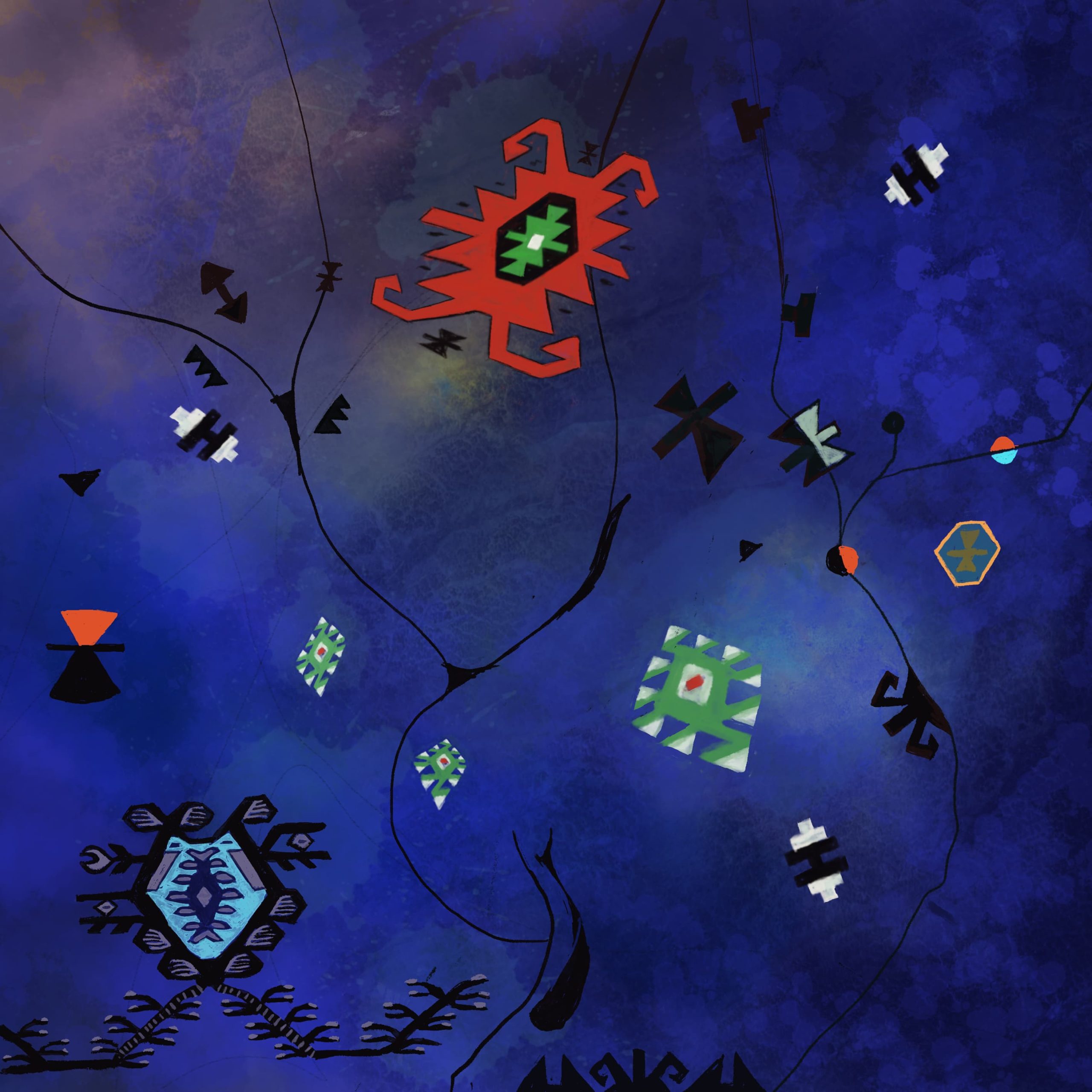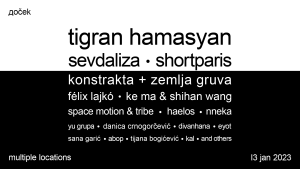The audience will have a chance to experience the patterns full of wonderful colours, ornaments and intimate stories through the multimedia exhibition ‘Traveling Patterns of Serbia’ by Milica Živadinović, PhD, which will open in the Svilara Cultural Station on Friday, 10 December at 7 p.m.
The exhibition is implemented within the ‘Serbian Ornaments’ project, comprising the book promotion ‘Serbian Ornaments – The Pirot Rug’ that will also be held in the Svilara Cultural Station on 16 December at 6 p.m.
The aim of the project is to present a new dimension of the cultural heritage of Serbia, through the presentation of the ornament and pattern of the Pirot rug, both in the book and at the multimedia exhibition. Pirot rug weaving and Pirot rug are national symbols and as such are in the national register of the cultural heritage of the Republic of Serbia under number 6, and on the UNESCO list of intangible cultural heritage (traditional crafts) since 2012.

Within the exhibition, fans of visual art will have a chance to see stylized patterns from the famous Pirot rugs, transposed into authentic paintings in acrylic and oil on canvas.
The project, implemented by the French Institute in Serbia – Novi Sad branch, Svilara Cultural Station and ‘Novi Sad – European Capital of Culture’ Foundation, represents an unusual combination of traditional and modern, and unites the artist’s eclectic approach to ethnology, which she continuously nurtures and by which she is recognizable.
The visual artist will present her rich artistic opus full of strong symbolism, in an accessible and understandable way.
The book ‘Serbian Ornaments – The Pirot Rug’, whose promotion is scheduled for 16 December at 6 p.m., is rich in exciting legends and explanations of the use of patterns and ornaments. In addition to stylised ornaments, their description, symbolism and examples on the original Pirot rugs, the book comprises the reproductions of paintings and parts of the painted art jewellery by Milica Živadinović, PhD, who was mainly inspired by patterns on the Pirot rugs. In the book, Milica presents detailed research on the rug as well as her work inspired by these motifs.
The project aims to protect the richness of cultural heritage and spread awareness of the importance of preserving the cultural heritage of Serbia. It revives the achievements of the weaving craft and contributes to the preservation of the cultural heritage of Serbia, which has been nurtured throughout history, but today is becoming neglected.

Milica Živadinović was born in Belgrade, but her French origins took her to Paris, where she spent the past 20 years. The specific mixture of the author’s origin and stay on different meridians greatly influenced her artistic expression.
The exhibition lasts until 22 December, and all interested citizens will be able to see it every day within the working hours of the Svilara Cultural Station – from 10 a.m. to 8 p.m. On the last day of the exhibition, the audience will be able to see it until 3 p.m.
The organisers ask all visitors to adhere to all measures in order to preserve their health and for better enjoyment of cultural content. Visitors are required to wear protective masks at all events. The number of people indoors is limited to 50. The organizer keeps the right to change the maintenance of the programme and the format of events due to changes in epidemiological measures.







